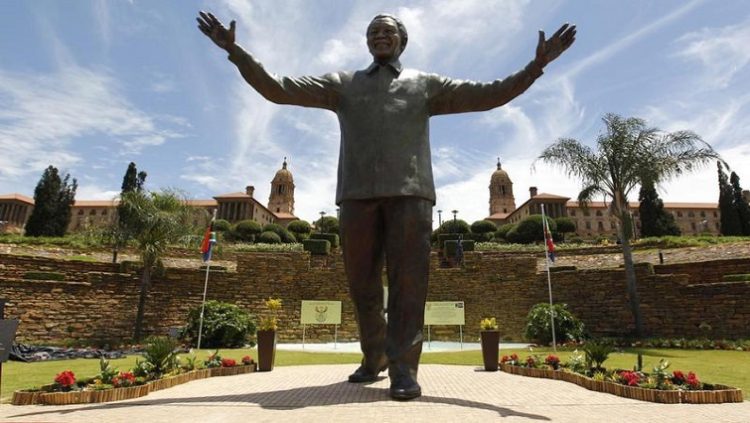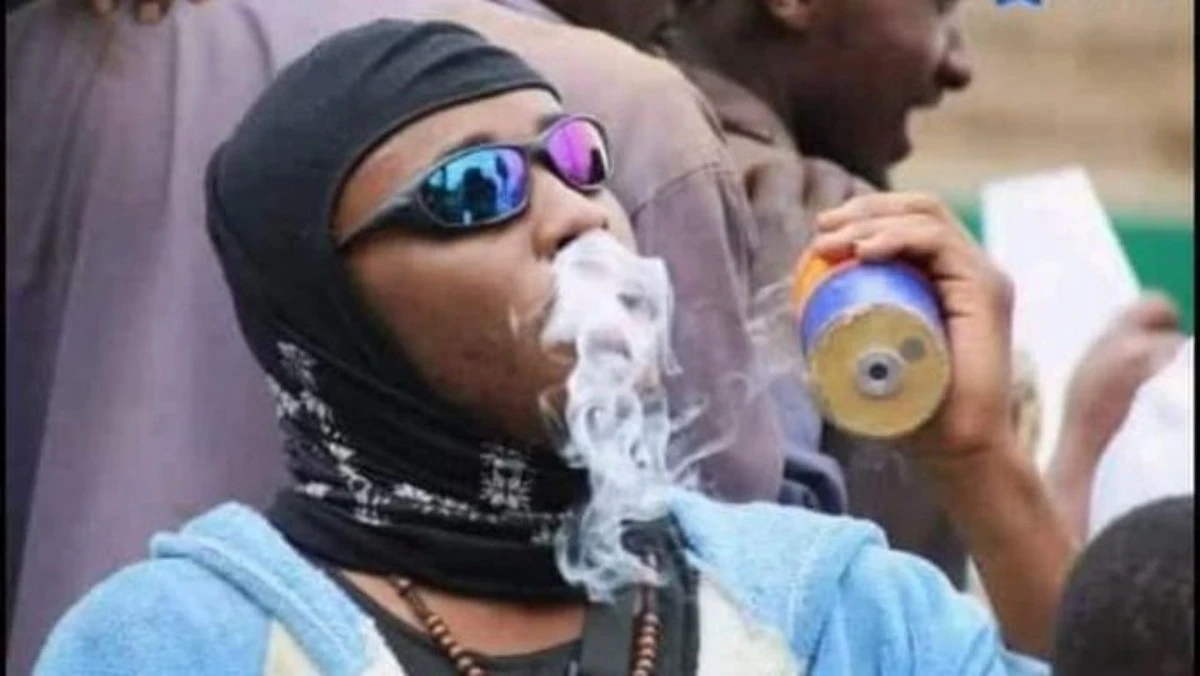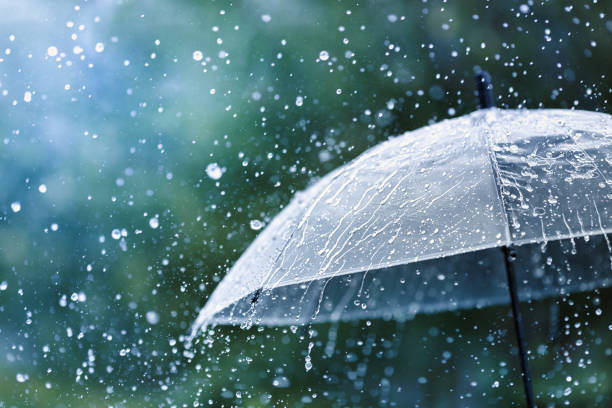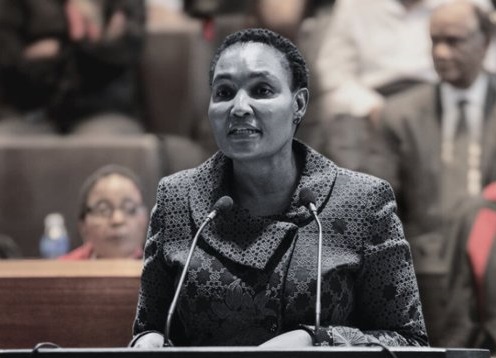
South Africa’s journey over the past 30 years has been significant, particularly in terms of its transition from apartheid to democracy.
The year 1994 was a historic and transformative period in South Africa’s history, marked by significant political developments, the end of apartheid, and the establishment of a new democratic government. 1994 ushered in a window of change, which gave substance to the capture of state power.
Through a consideration of the past 30 years, this article looks at the history and evolution of South African presidents in the democratic dispensation and their legacies.
Against the backdrop of white minority rule and a nation divided around racial and ethnic lines, Nelson Mandela’s presidency sought to re-engineer many state institutions to give effect to the post-apartheid order – to fit in with the new spirit of the rainbow nation, as envisaged in the 1996 Constitution.
The Mandela presidency’s institutional development was governed by the constitutional accord. In order to support the transition and lay the groundwork for nation-building, the institutions espoused principles of compromise and inclusivity. These included shared executive power with both the National Party (which governed South Africa during apartheid) and the Inkatha Freedom Party (a party that allegedly charged black on black violence) represented in the cabinet.
The NP also held one of the two deputy presidencies. Mandela’s flagship policy was the Reconstruction and Development Programme (RDP) – a people centered and developmental strategy in which the new government sought to play an active role in the
economy to give a new direction and structure, anchored on fundamental restructuring to address racial capitalism.
The RDP, which was essentially a national macroeconomic upliftment program, was abandoned after two years due to insufficient economic growth to finance it, the public administration’s inability to implement it, and.
It also did not perform as expected, particularly in terms of economic growth, which had an impact. Another contributing reason was a shortage of resources – the RDP fund, which was allocated R2.5 billion, or 2% of the national budget, was insufficient to address the backlog in providing the impoverished with equal access to infrastructure and services. RDP would be replaced by the Growth, Employment and Redistribution (GEAR) – which, as opposed to RDP, thwarted any reasonable expectation of nationalisation.
While the failure of the RDP was a reflection of a lack of state capacity to administer a developmental economy to bring about structural change, Mandela’s presidency is often remembered for its focus on reconciliation, forgiveness, and the establishment of a democratic and inclusive South Africa
Thabo Mbeki, his apparent heir, was given most of the day-to-day responsibilities as Mandela transitioned to a ceremonial head. As a result, there were no obstacles to Mbeki’s election as ANC president at the 1997 National Conference in Mahikeng. Mbeki took over as president after Mandela’s term came to an end in 1999.
South Africa earned strong credentials to become the continent’s dominant force during Thabo Mbeki’s presidency. Mbeki persistently sought multilateral solutions to settle regional disputes. He skillfully exploited a strategic partnership with Nigeria and his presidency of the AU between 2002 and 2003 to achieve his objectives.
With the deployment of almost 3 000 troops in Burundi, the Democratic Republic of Congo, as well as others in Darfur and Ethiopia/Eritrea, Mbeki had demonstrated greater readiness than Mandela to send peacekeepers overseas, enhancing South Africa’s reputation as a significant geostrategic player in Africa.
As the champion of the African Renaissance, President Mbeki played a vital role in the reconfiguration of the Organisation of African Unity (OAU) to the African Union (AU) and the move from non-interference to non-indifference. Tshwane was the main meditator in the DRC and Coted’Ivoire.
While serving a two-year term on the UN Secretary Council, where most of the council’s time was devoted to Africa’s peace and security, where the majority of the UN’s peacekeepers were deployed – South Africa also served as president of the influential group of the 77 (G-77) developing nations at the UN during crucial discussions on UN reform in 2005.
Domestically, Mbeki’s rise signaled a time when state institutions were being refined and elaborated. Mbeki placed a strong focus on the creation of state institutions to make it easier to coordinate government operations and set up the implementation of policies. The Presidency, as the apex of the institutional hierarchy, held a significant amount of power throughout this time. There was extensive
targeted hiring of ANC cadres for crucial positions, subject to intra-ANC presidential preferences.
Other areas of influence included the establishment of the system of izimbizo and the expansion of local government organisations.
The 2007 National Conference of the ANC saw the party divided between Mbeki, who wanted a third term as president of the ANC, and Zuma, who had served as his deputy for ten years at Luthuli House. Mbeki lost, and when it was clear that there were two centres of power (Luthuli House headed by Zuma and Union Buildings headed by Mbeki), Mbeki was recalled eight months before the end of his term.
Kgalema Motlanthe, who had emerged as Zuma’s second in command in Polokwane, was selected to be a transitional president.
When the realities of a failing economy that excludes the majority from any meaningful participation in the economy became apparent, Zuma’s administration implemented a number of policy changes to rekindle economic development – looking East.
The National Development Plan (NDP) was spawned out of the appreciation that a lot of socioeconomic issues needed to be worked on and redressed for the country to progress from its complex past. A blueprint for South Africa’s development, the NDP was adopted by the cabinet in 2012 and set out plans to eradicate the triple threat of poverty, unemployment and inequality by 2030.
Part of this was Zuma’s government’s attempts to change the Mineral and Petroleum Resources Development Act to give it a 20% stake in new mining and petroleum projects and to give the mining minister the authority to designate certain minerals as strategic and thereby ban their export in favour of local beneficiation – which was met with fierce opposition. Internationally, Look East was a significant theme in Zuma’s presidency.
The most prominent was Zuma’s persistent efforts to forge a strategic alliance with China, which led to South Africa’s promotion to the status of Strategic Comprehensive Partner in 2010 and its successful admission to the BRICS group. This was coupled with significant Chinese investment in strategic sectors of South Africa’s economy – China thereby becoming South Africa’s top trading partner.
Zuma’s administration also fostered social welfare: investing heavily in combating the HIV/AIDS epidemic, increasing social grants and championing minimum wage – considering that SA is plagued with wage inequality. Just like his predecessor, Zuma faced his Thabo Mbeki moment when he was recalled by the ANC 14 months before the end of his term – after Cyril Ramaphosa had been elected president of the ANC in December 2017. Ramaphosa was then elected president in February 2018, until the 2019 general
elections.
Cyril Ramaphosa became President of the ANC and, by extension, president of the country on the ticket of openness, transparency and the rule of law. This ordinarily gave him political capital because it was seen as a step towards undoing the “9 wasted years”. At a time when South Africans were losing faith in the ability of democratic dispensation to deliver dignity and opportunity, as well as a nation suffering from a scandal of corruption and a party at war with itself, president Ramaphosa emerged. Additionally, the already vulnerable economy got a lot worse as a result of the COVID-19 outbreak.
One of the primary ways he reorganised government was to move the nation’s intelligence into his office – a move that reflected the fierce ANC internal divisions. And because he did not win the ANC conference with an overwhelming majority, he has used the politics of accommodation to work with his political foes. This has meant accommodating different factional interests in his cabinet. As a result, his period as leader of the party and government has somewhat lacked direction.
Internationally, the president continues to forge ahead with foreign direct investment (FDI) as a critical aspect of his administration’s economic outlook, based on the annual investment drives that the president hosts. Like Nelson Mandela, of whom he was a disciple, the current president is trying to restore the country’s image abroad. From being the Champion of Covid-19 on the African continent to leading African presidents in trying to resolve the Russia-Ukraine war, as well as the maneuvering tensions between Moscow and the West in hosting the 15th BRICS Summit – Ramaphosa internationally, has been a shining light of what a world leader should look like.
Parallel to this is Ramaphosa, who has failed in curbing corruption in his party. Poverty and inequality have been deepening under his leadership, and Eskom, which he has been in charge of since 2015, is collapsing before our eyes – with rolling blackouts now a
way of life in SA.
He has prioritised his global image over his domestic issues – this is what I refer to as the Ramaphosa of the world versus the Ramaphosa of South Africa.
From Mandela as a nation builder and unifier, Mbeki as Africa’s philosopher king, Zuma as a champion of economic transformation and Ramaphosa as the new dawn – since 1994, South Africa has had four presidents who have varied dramatically in style and character, despite all belonging to the same political party – the ANC.
The evolution of South Africa’s democratic presidents reflects the challenges and achievements of the country’s transition from apartheid to democracy. Each president has brought their own style of leadership and priorities, shaping the trajectory of post-apartheid South Africa.
Source: eNCA
In other news – Jennifer Aniston takes a stand against TikTok
Jennifer Aniston has better things to do than spend hours scrolling on TikTok. I don’t have TikTok, nor will I ever. I just won’t,” she told “Entertainment Tonight” in a new interview. “I’m not gonna subscribe to one more thing that is gonna ruin my life or somebody else’s life.
Although the “Friends” star officially joined Instagram in 2019, she likes to keep social media “at arm’s length. Read more
#years #political #freedom #History #evolution #presidents




